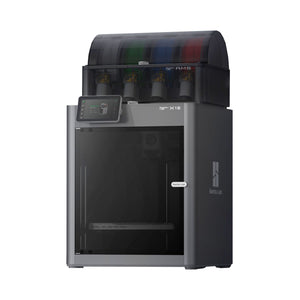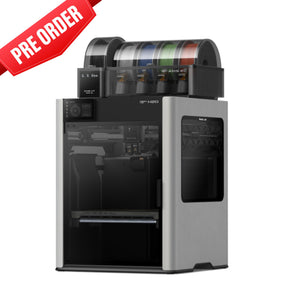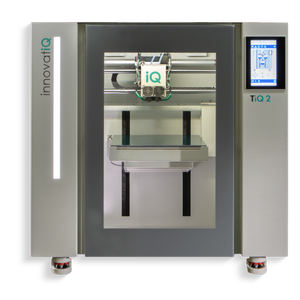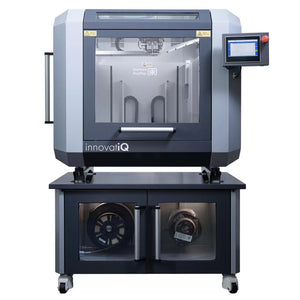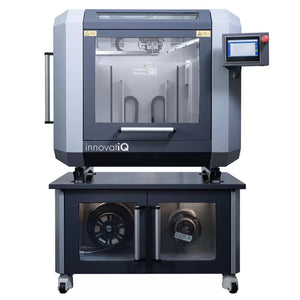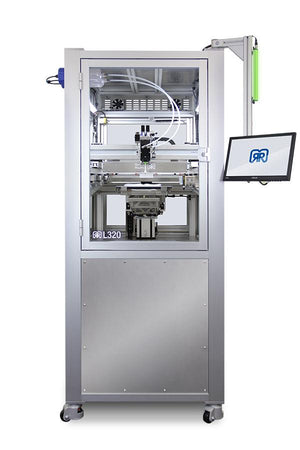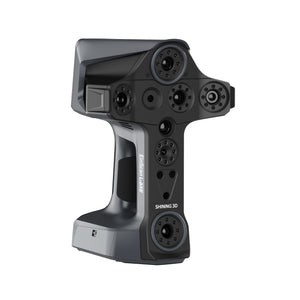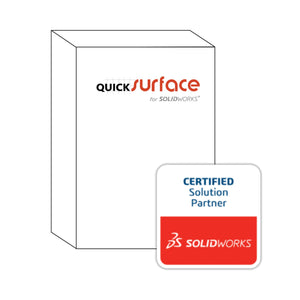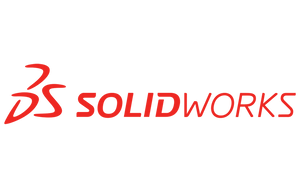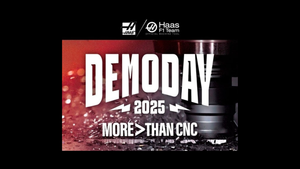Jul 14, 2025
The Playbook for Modern Manufacturing: Agility, Control, and Additive
The manufacturing world has changed. You can feel it. The old rules don't apply the way they used to, and the companies that are still trying to run the same playbook are falling behind.
The ones that are moving forward aren't necessarily the biggest or the cheapest. They're the ones that know how to adapt. They’re building smarter systems, making decisions faster, and responding when things go sideways.
We’ve been lucky to help a lot of teams do exactly that. And if I had to boil it down, the modern manufacturing playbook comes down to three things:
1. Agility
This is your ability to pivot. Not just being fast, but being able to change direction without breaking everything. That could mean shifting production, updating a design, or responding to a market change without waiting six weeks for tooling or approvals.
We worked with a major automotive brand that ran into a tolerance stack-up issue. The cars were sitting on the lot, ready to sell, but one component was just slightly off. Normally, that’s a nightmare. Instead, they sent us the design and we 3D printed the fix so they could deliver vehicles immediately. That’s agility.
2. Control
Too many companies rely on outside vendors to hold their CAD, manage their BOMs, or define how a part is made. That’s fine until something changes. If you don’t have your own data, you don’t have options.
We helped an aerospace company scan and recreate a legacy part that no longer had any documentation. That single file unlocked domestic production and ended years of relying on a risky offshore supplier.
Another example, an automotive supplier came to us after realizing they had been sending design intent to overseas vendors for years and never kept the final CAD. We scanned their parts, rebuilt the files, and now they can quote locally with confidence.
3. Additive
Additive isn't a magic bullet, but it’s one of the most useful tools we’ve ever had. It gives you options, whether you need to solve a short-term issue, test a concept, or produce parts while the rest of your supply chain catches up.
One consumer goods company we worked with had a packaging issue that halted their product launch. Tooling was weeks out. We used additive to bridge the gap with functional parts so they could ship product on time while fixing the mold in parallel.
Additive gives you room to breathe. It gives you flexibility when things don't go according to plan. And it can save your launch, your sale, or your quarter.
What we’ve seen again and again is this: the companies that win are the ones who don’t panic when things change. They’ve built in the ability to adapt.
If your current process makes it hard to respond to the real world, maybe it’s time for a new playbook. And if you want help figuring out what that looks like for your business, let’s talk.


